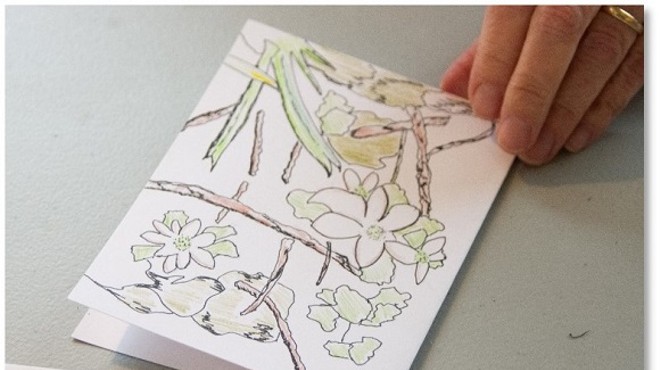“Acceptance doesn’t mean you have to like what happened,” Kadison says. “It means it is what it is, and it isn’t going away. We can hate something and still be in acceptance of it. Acceptance implies passivity, but what I’m trying to express is more active, where we reconstitute ourselves around the loss and gain the courage to embrace the change instead of walling off against it.”
SAYING YES TO HELP
When things get tough, it’s more likely that a man will try to tough it out on his own than seek help. “We tend to cocoon ourselves up,” says Kadison. “We want to tough it out and hope things get better. And even though I think gender differences are flattening out, one of the enduring things is that women still find it easier to reach out for help. They still find it easier to relate to people, to get nourishment from their peers, and to communicate their pain.”
Basch’s clients are mostly women, and he finds that some men are reluctant to tell others that they have a coach. “There’s a stigma to getting help,” he says. “It sounds like they aren’t as strong and self-sufficient. But you can’t do it alone. By ourselves, men especially, we keep doing the same thing over and over. We keep thinking it’s going to change somehow. We get stuck in a point of view and aren’t willing to try something different.”
Someone who is stuck in a frustrating or debilitating situation usually asserts that what they think is the truth, says Bausch. He helps them see that their thinking is actually a point of view. “Then I can help them create alternative points of view and we can play a little game and say, ‘If you have that point of view, what would you do?’ You can create a new plan—what you are going to do and when [you are going to do it]. When you have the help of a coach, it holds people accountable for the plan.” And when men do get this help, they can dismantle stuck patterns. “When they do that, they discover who they are in the world, and see that it’s not just about the goals themselves—being more successful, making more money—whatever they are, but something deeper.” Basch adds that most often the underlying issue behind problems is relationships, even if it seems to be about something else.
TRANSFORMING ANGER
Both genders deal with anger, of course, but men more often get into trouble because of it. Robert Fanshel, a LCSWR in Kingston, runs 10-week anger-management groups through the Mental Health Association, in which about half the men are mandated by city court to participate because of behavior issues; the rest are there voluntarily. “Maybe they have trouble at work with the boss,” says Fanshel, “or they can’t control their temper with the kids, or their wife tells them they fly off the handle quickly.” A fundamental trigger for anger, says Fanshel, is when something feels like it was personal, even when it wasn’t. “Rather than seeing it as just an annoyance or difficulty, taking it personally can turn a small matter into a big one, which gives a reason to lose control.”
Fanshel teaches the concept, based on cognitive behavior research, that feelings can’t be controlled, but our response to them—one’s behavior—can be. “The group is designed to give people some useful techniques to turn to when they notice that they’re becoming angry,” says Fanshel. “It’s a very workable model, easy to understand. It just takes some practice. People tell me that it really has helped them.” Part of the strategy is to recognize anger coming on, and to choose behaviors that derail the momentum. “Once they are aware that they are getting angry, they take some kind of action to settle down, usually a breathing technique. Then they can think more clearly.” In the sessions, men talk about instances where they’ve become angry or lost control of behavior, and look at what their internal dialogue had been. “It gives people a chance to get used to the new ideas and see how they can get them into operation,” says Fanshel.











